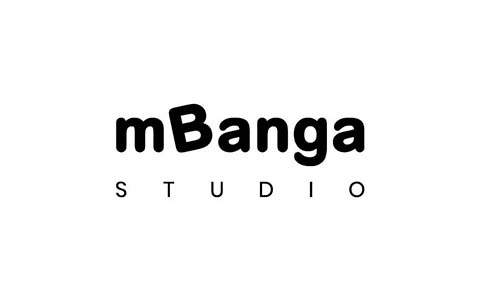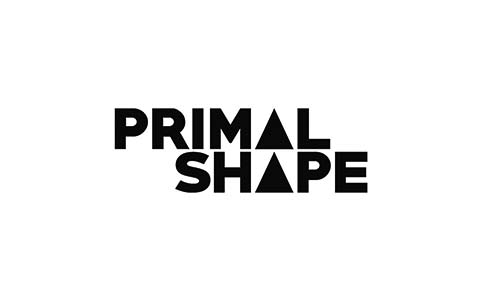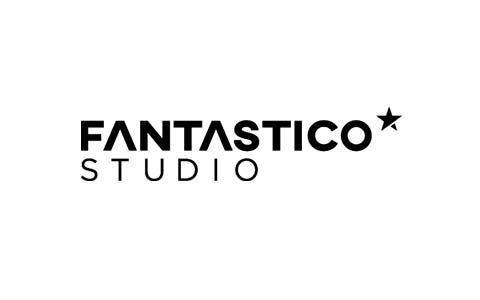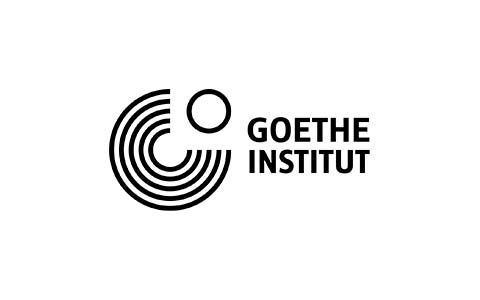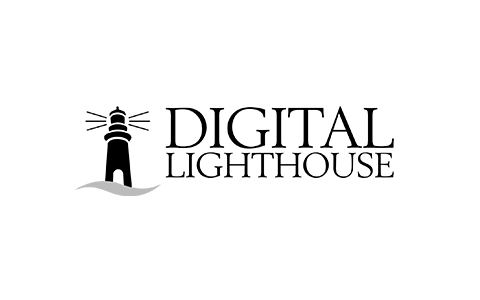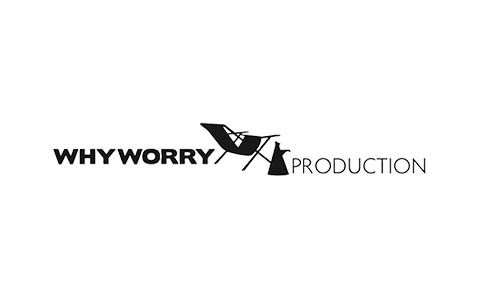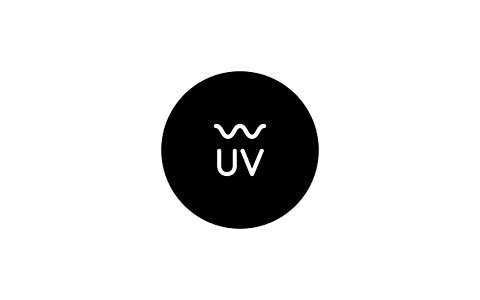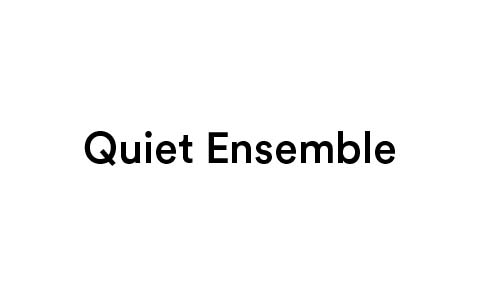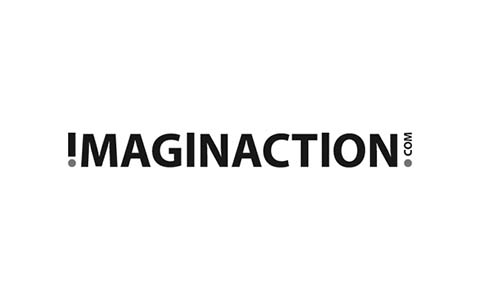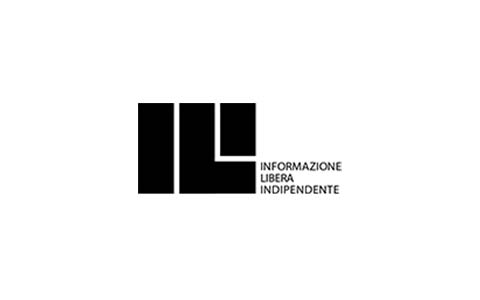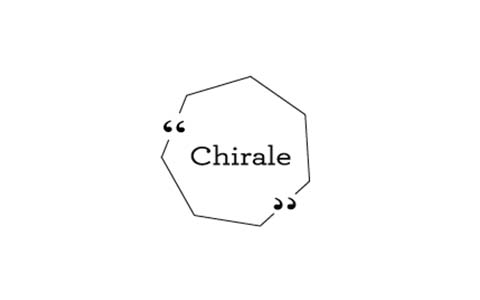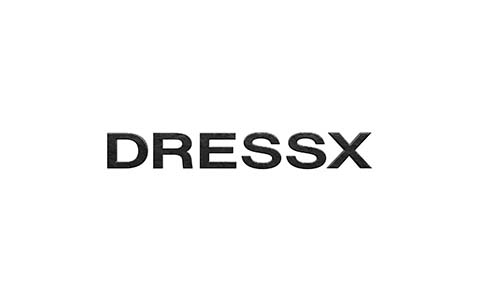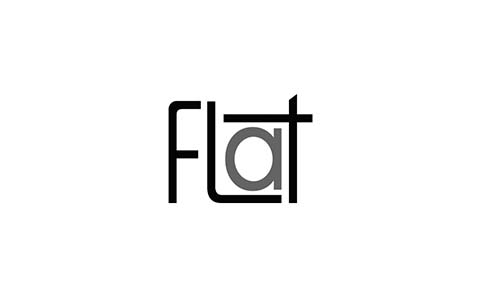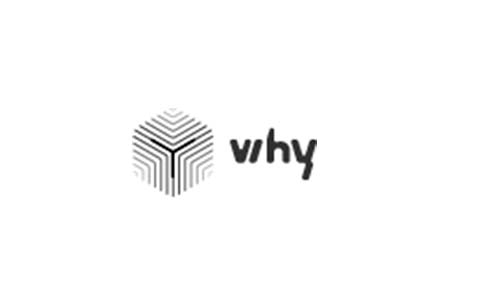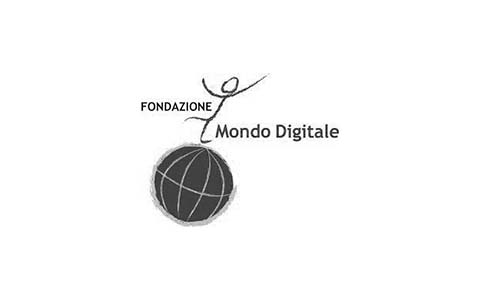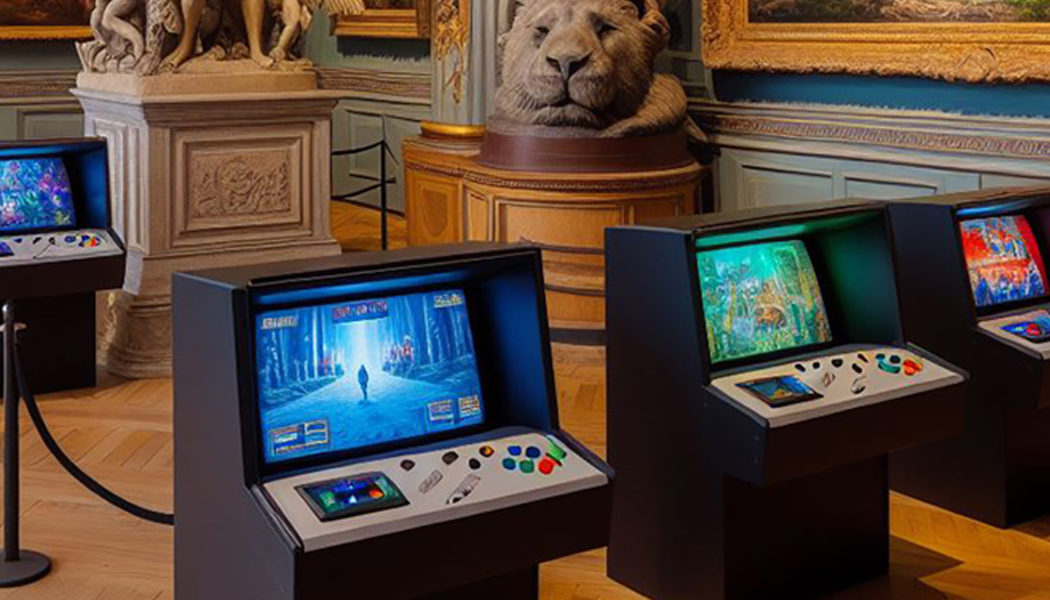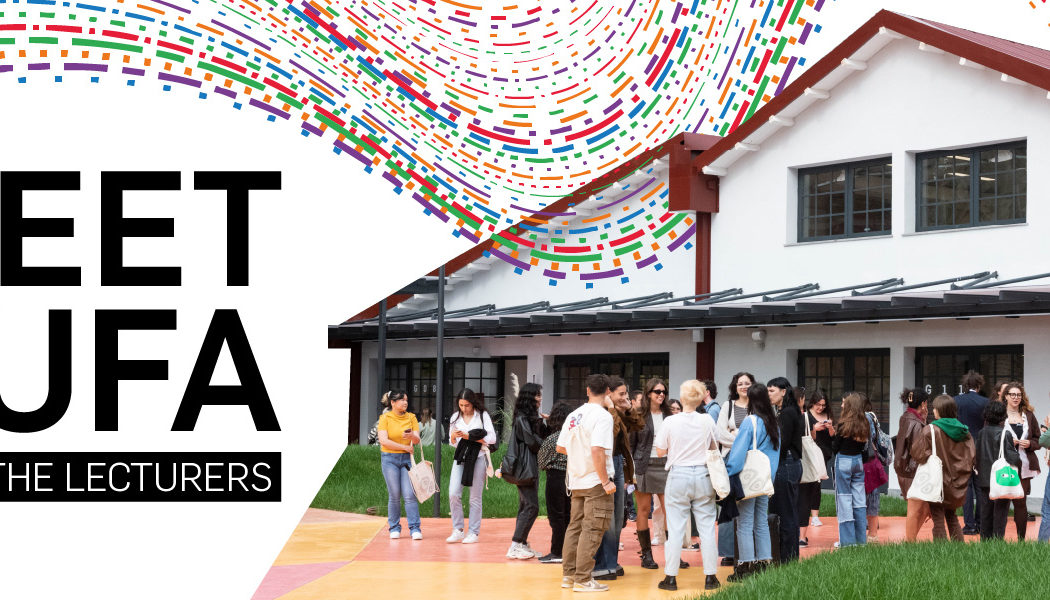TAUGHT IN ITALIAN ❯
Welcome to the real world!
The accelerated development of new technologies in the field of information technology and audiovisual media has led to the exponential growth of all those artefacts that we call multimedia works. At the same time, an aesthetic and technological revolution has seen the spectator gradually take on the role of protagonist in the processes of updating the work.
Qualification:
First Level Academic Diploma, equivalent to a Bachelor’s degree
Duration:
3 years, full time
Language:
Italian
Credits:
180 ECT
Location of attendance:
Rome
Requirements:
Italian students
High school diploma
International students
Valid High School Diploma for the Italian Higher Education System
B2 Certificate of the language in which the course is held
Upon admission non UE students are subject to fulfill the procedure for obtaining the student VISA
Field:
Interactivity, Multimedia, 3D Modelling and Animation
Main subjects:
Computer Graphics, Game Art, Interactive systems, Modelling techniques and digital animation.
Future careers:
Game Artist, Game Developer, 3D Artist Real Time, Technical artist, Concept Artist, Character Designer, Environment Artist, UI Designer, Interaction Designer, Visual artist.
Studying Multimedia and Game Art in our three-year course means exploring this new world. But before that, it means acquiring the methodological and technical-instrumental skills necessary for the design of interactive and multi-platform products. The student will learn to use 3D modelling and animation techniques and will acquire the artistic and creative skills necessary to involve the public, without forgetting the ability to critically analyse the contemporary world. The student will learn how to develop a videogame from scratch, starting from the research and conception of the concept, passing to the realisation of the logic and the game dynamics, to the creative development of the environments, the characters and all the other elements that constitute the game, up to the technical implementation in terms of programming, modelling and 3D animation.
Graduates in Multimedia and Game Art will be able to devote themselves to artistic activity and to the many creative professions related to the world of multimedia. They can therefore work as Game Artist, Game Developer, 3D Artist real time, Technical artist, Concept Artist, Character designer, Environment Artist, UI designer, Interaction designer.
The Academic Bachelor of Arts is equivalent to a University Bachelor’s Degree.
*The course is available only in Italian. All lessons include mandatory attendance at RUFA’s locations in Rome.
Coordinator and tutor: Raffaele Vella
Lecturers: Genny Di Bert, Luca Di Cecca, Filippo Foglietti, Lara Forgione, Lorenzo Raffi, Raffaele Vella, Gaia Richelli, Giulio Pernice, Francesco Ugolini, Claudio Pollina.
BROCHURE DOWNLOADTeaching regulations
ASK MORE INFO ABOUT THE COURSE
BACHELOR OF ARTS PROGRAMME IN MULTIMEDIA AND GAME ART
Suggested study plan – Mandatory attendance at RUFA locations in Rome.
| YEAR | SUBJECT | ECTS | HOURS |
|---|---|---|---|
| 1 ANNO |
Computer Graphic
The course covers the various types of mapping, projection, and unwrapping, major texturing techniques starting with the use of photographic textures (captured or from web resources), editing techniques with the Adobe suite and painting directly on 3D models with Painter and Blender. 2D game art is introduced.
| 6 | 75 |
|
History of contemporary art
The course analyzes major art movements in contemporary art, also with reference to the history of architecture, product design, photography, and cinema to learn how to recognize the influences of major artists in modern video game, film, and web design productions through the understanding of significant case studies.
| 6 | 45 | |
|
Interactive System - Game Art 1
The course teaches how to interpret game design documents, scripts, and briefs.
Students learn what Game Design and Level design mean and what the tools are for building an interactive environment in engines (UE4 and Unity) from a whitebox to the final version. Lighting and sound as elements of level design are addressed. The importance of the UI is emphasized. | 12 | 150 | |
|
Digital culture
The evolution of visual culture is studied in terms of style, content, and message with a focus on the influence exerted by the media world in the process of image overtaking text. The fundamental contribution of technology is explored along with the analysis of media in their technical characteristics and fruition to fully understand contemporary imagery. The history of video games and the game industry is introduced, distinguishing between mobile games, AAA games, consoles, and PCs.
| 6 | 45 | |
|
Multimedia design
The course introduces digital graphic design and processing techniques and software for 2D illustration. Students understand how to structure presentations, storyboards, concepts, pitching. It explains what a layout is and how to design UX and UI in video games and the Web.
| 8 | 100 | |
|
3D Digital modeling techniques 1
The course introduces the main polygonal, non-organic modeling techniques.
Students learn how to create assets and scenery using different software (Blender, 3ds Max, and Maya) and studying related interfaces, scene organization, units, object naming, selection systems, basic tools, modifiers, topology, UV, texture, and material (shader) concepts. Work focuses on modeling scene props. Cinema4D is introduced. | 6 | 75 | |
|
Rendering 3D
The course allows students to acquire shading, lighting, offline and real-time rendering techniques and to learn how to choose the right type of render depending on the production scope. Workflows and elements of post production are introduced. The role of modern engines in film production is addressed. In addition to Blender and Maya, Marmoset, Redshift, UE4, and Unity are introduced.
| 6 | 75 | |
|
Anatomical Drawing
Drawing is essential in the world of concept art, characters and environments. The course focuses on understanding and managing drawn figures. The intent is to learn how to use lines and strokes in a drawing to best express the concepts students want to represent. Storyboards are developed. Applications of a game artist's 2D drawing and illustration skills in the gaming world are reviewed.
| 6 | 75 | |
|
Basics of computer science
This course introduces the basics of game programming by analyzing the major languages, the grammar and logic of a code, and visual programming.
| 4 | 50 | |
| 2 ANNO |
Computer Art
The course delves into digital painting, advanced texturing, and procedural texturing techniques through cross-use of Painter, Designer, Mixer, Bridge, SBSSource, UE4, and Unity software.
| 6 | 75 |
|
Phenomenology of media: cinema and audiovisual
From pre-cinema to the latest digital animation techniques: analysis of authors, techniques and products to understand the changes in the audiovisual and interaction worlds. The course studies the evolution of animation from its origin to the present day, thanks to a theoretical-practical reflection on the fundamental elements of dramaturgy applied to the animated works.
| 6 | 45 | |
|
Digital animation techniques 1
This course teaches the basic skills of 3D animation. Students learn how to give life and dynamism to the developed scene by rigging to create the skeleton and control structures of 3D characters and objects.
| 6 | 75 | |
|
Interactive System - Game Art 2
The objective of the course is to build a basic explorable game layer, through the use of a template, working in Unreal Engine and Unity.
| 12 | 150 | |
|
Interactive software development 1
The course focuses on acquiring basic game development skills, working on program and development pipelines.
| 6 | 75 | |
|
Videogame direction
This course further explores the dynamics of creating a video game. It defines the various figures involved in multimedia production and how to work as a team on interactive projects both in terms of design and production.
| 6 | 75 | |
|
3D Digital modeling techniques 2
The course delves into the use of major polygonal modeling techniques and organic character modeling. Sculpting techniques are introduced.
Software used are Blender, Maya, and Z Brush. | 8 | 100 | |
|
English
| 4 | 30 | |
|
Elective course (1)
| 6 | / | |
| 3 ANNO |
Digital animation techniques 2
This course delves into 3D animation techniques and especially best practices in motion capture. Advanced Rigging, retarget, facs, full motion capture are essential aspects of the course.
| 6 | 75 |
|
Interactive System - Game Art 3
The goal of the course is to build in-engine realtime cinematics using UnrealEngine by curating the direction and camera movements. Assets, environments and characters are created, animations are imported, lighting is curated and VFX are developed.
| 12 | 150 | |
|
Interactive software development 2
The course teaches techniques and tools for programming and producing interactive experiences, including Oculus, digital avatars, AR. VR, webgl, IOT.
| 6 | 75 | |
|
New media techniques: audiovisual production
The course covers VFX (offline and real-time) and compositing techniques and how these tools can be integrated into a videogame engine.
| 6 | 75 | |
|
3D Digital modeling techniques 3
The course analyzes hard-surface and clothing sculpting techniques. On the polygonal modeling side, procedural modeling is further developed.
| 8 | 100 | |
|
New media history: animation, comics, videogames
The course addresses the history and evolution of metaverses, both from a theoretical and a practical/production perspective.
| 6 | 45 | |
|
Extra Linguistic and soft skills, internships, etc.
| 4 | 100 | |
|
Elective course (2)
| 4 | / | |
|
Final Thesis
| 8 | / | |
| Total Credits | 180 |
Download the annual planning 2022/2023
CREDITS
Foto slider: Sean Patrick Brogan, Collettivo, Eleonora Capparoni.
Partner
